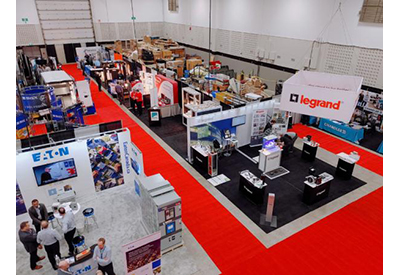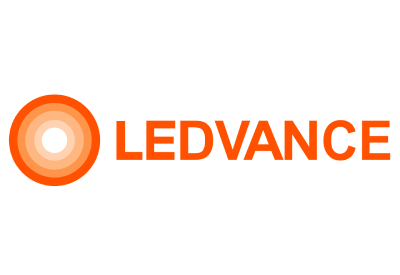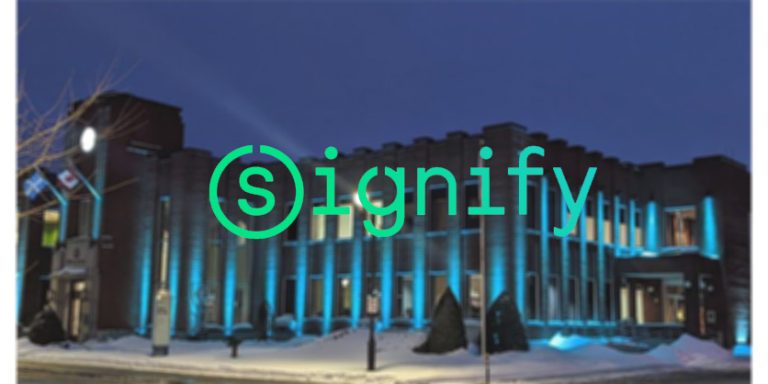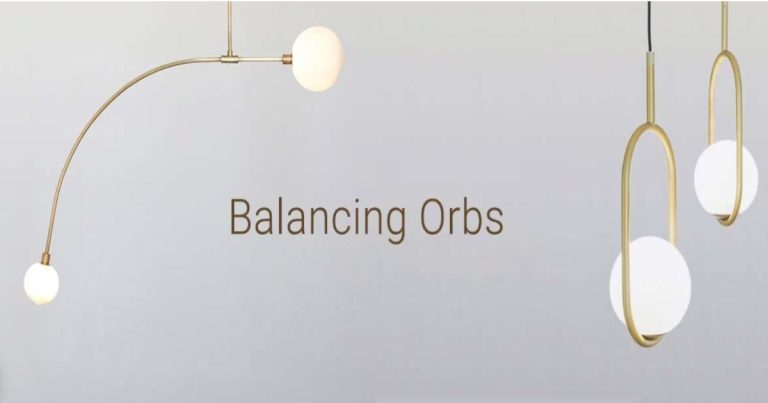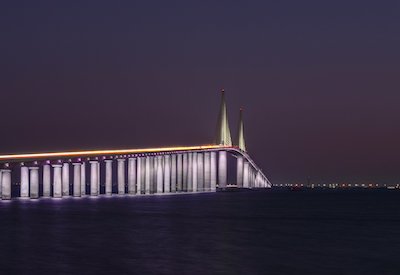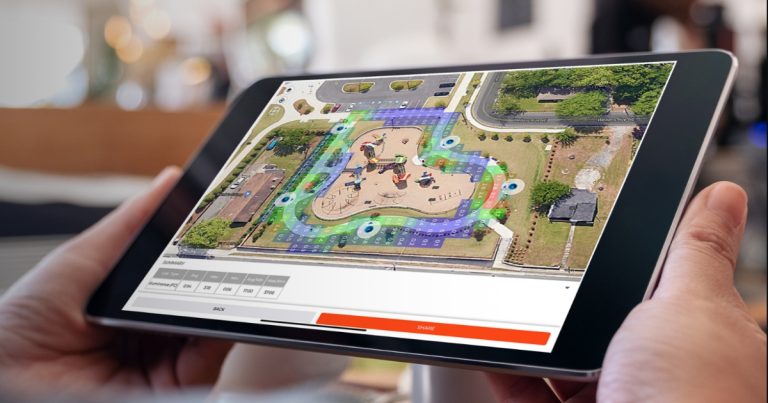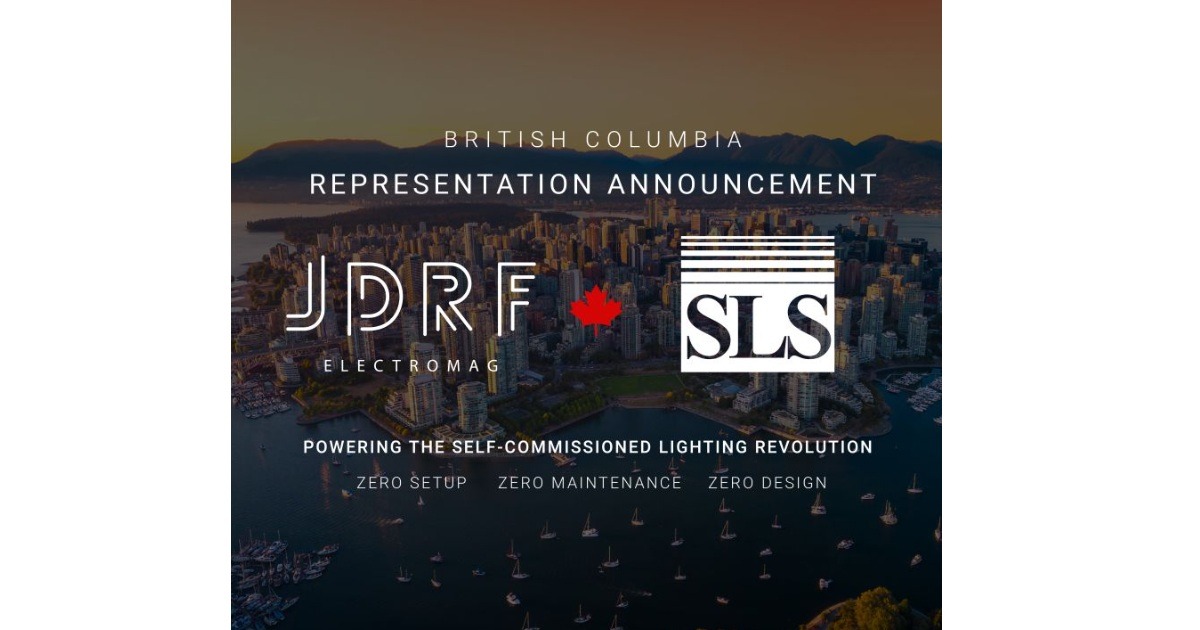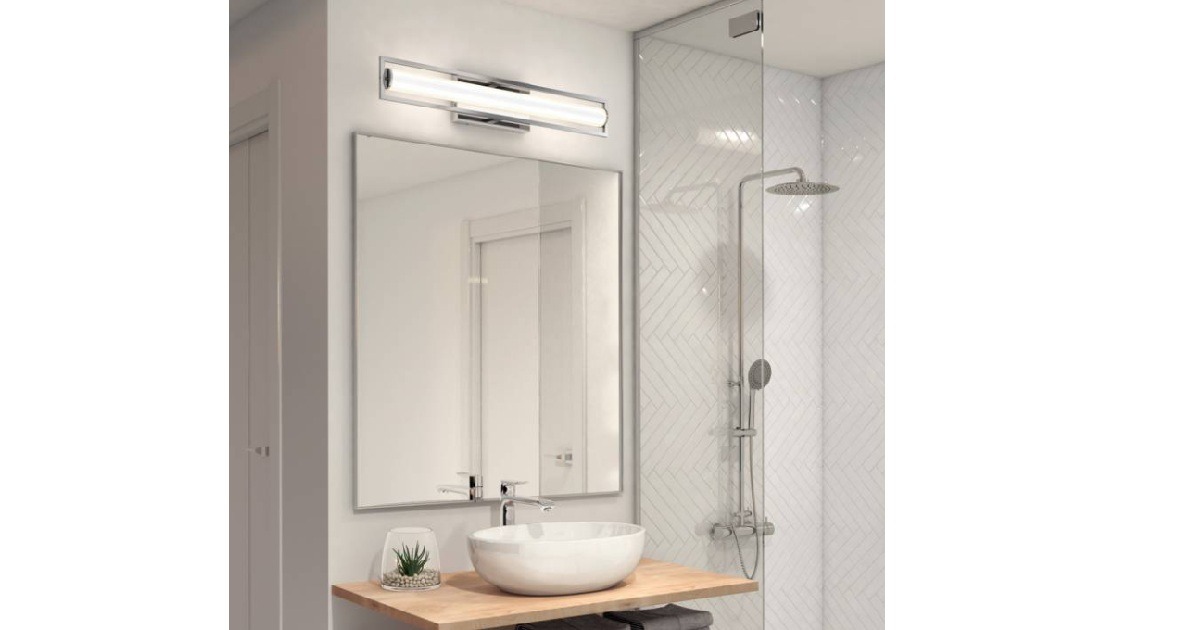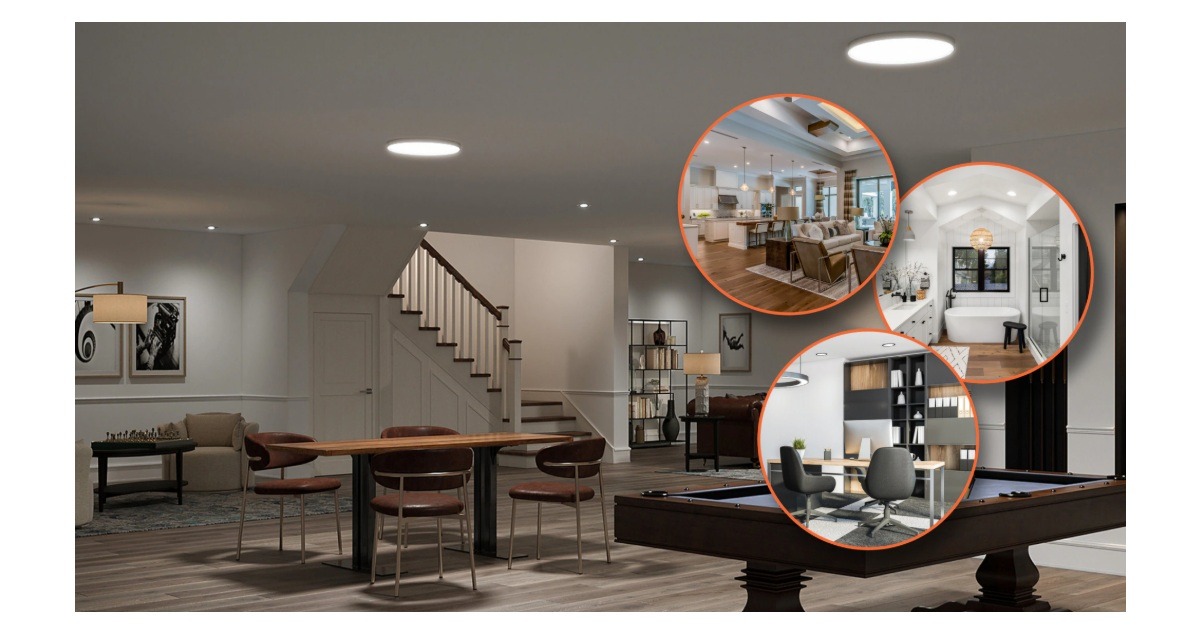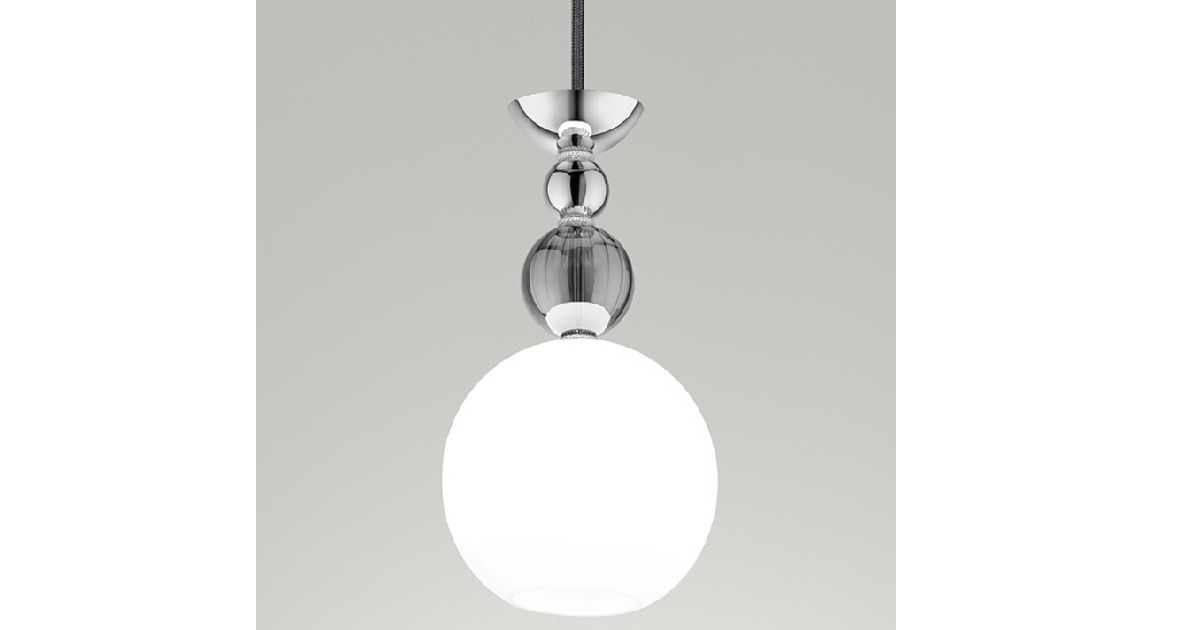The Impact of Light: An Interview with Dr Jürgen Waldorf

August 24, 2021
Light makes things visible – and always has an impact. In many cases, we fail to see the significance because the eye is a good-natured organ. It tolerates poor light and compensates for it unconsciously. However, this is strenuous. And means that good lighting is particularly important indoors. But what is good lighting? How do planners use it effectively? And what can lighting achieve?
Stefanie Weitz of the Light + Building Marketing Communication Team spoke with Dr Jürgen Waldorf, Managing Director of the Lighting Division of the German Electrical and Electronic Manufacturers’ Association (Zentralverband Elektrotechnik- und Elektroindustrie – ZVEI).
Stefanie Weitz: What fields does the subject of ‘Health and Lighting’ cover?
Dr Jürgen Waldorf: Light has three modes of action: visual, emotional and biological. All three have an effect on people’s health. However, it is always the overall impact that influences our state of health.
Stefanie Weitz: What exactly is the influence of light in these three fields?
Dr Jürgen Waldorf: The visual influence of light includes the lighting level and its evenness throughout the room. When we speak of good light, we mean that there is no glare or flicker. Without doubt, we have all seen bad lighting that flickers with the frequency of the alternating current. And this has a negative impact on our feeling of well-being. Other aspects come into play when it comes to the emotional influence of light: in addition to adequate brightness over all surfaces, the lighting should emphasise the ambience and the main points of the room. For an optimum experience and results, account must be taken of the interplay with wall decorations, furnishings and daylight. Generally speaking, we feel good under such circumstances, which is also beneficial for our health. The third mode of action encompasses all non-visual influences of light on us: the biological effect. During the course of the day, natural daylight changes in terms of its spectral composition and intensity. This influences our power of concentration and our performance level, as well as the rhythm of our inner clock.
Stefanie Weitz: This knowledge can be used to achieve health benefits when planning the lighting. What should planners take account of in this respect?
Dr Jürgen Waldorf: It is important to analyse the user’s requirements and to base the plans for the lighting on them. A holistic approach is decisive. For example, older people need more light than younger people.
There are minimum standards for good light and the plans should go beyond them. At all events, it is important that interior architects and lighting planners work hand-in-hand to ensure all aspects are coordinated. If this is the case, the feeling of well-being can change fundamentally for the better.
Stefanie Weitz: HCL – Human Centric Lighting – concepts focus on the impact of light on health. What must be taken into account when implementing such concepts?
Dr Jürgen Waldorf: A lighting planner working on the basis of a HCL concept should take account of all aspects of lighting and select the components of the lighting system accordingly. Naturally, this is easiest in the case of a new building or a complete renovation project when the luminaires can be fitted in the best places and the necessary power and control lines installed from scratch. One discipline is tightly bound up with the other.
Stefanie Weitz: Are there any studies on the economic effects of HCL concepts?
Dr Jürgen Waldorf: Yes, there are. The results show that, for example, biologically effective lighting can improve sleep quality and, therefore, help us concentrate and improve performance levels.
In the commercial sphere, in particular, well-planned lighting can result in a reduction in tiredness and fewer mistakes, as well as an overall increase in productivity.
Stefanie Weitz: The pandemic has led to greater attention being paid to purification with UV-C. To what extent does this technology belong to the subject of lighting and health?
Dr Jürgen Waldorf: The Covid-19 pandemic has caused the focus to shift back to the possibilities offered by UV-C. Everything revolves around the question: how can the concentration of germs on surfaces and in the air be reduced effectively and sufficiently?
Many people associate lighting with the subject of sterilisation by UV-C radiation. Light is the visible waveband for the human eye. UV-C radiation comes in a small range below that of light and, in common with infrared radiation, is invisible to us. In many cases, the association with light comes about because low-pressure discharge lamps are used for UV-C applications. They emit not only monochrome radiation in the UV spectrum but also a certain amount of blue light, which is visible and thus leads people to associate UV-C radiation with light.
Stefanie Weitz: Manufacturers also use UV-C radiation to sterilise interior air. What other areas of application are there?
Dr Jürgen Waldorf: UV-C has been used to sterilise one of our most valuable resources – water – for many years. There are UV-C stages in water-treatment plants. They generate the radiation and are also used in swimming pools to reduce the amount of chemicals used in the water.
On the production side of the food industry, surface sterilisation has been playing an important role in the sterilisation of packaging materials for a long time.
A newer application is surface sterilisation of hire goods, such as laptops, smartphones, etc. The UV-C radiation does not penetrate the materials and is thus harmless for their electronic systems.
Given that UV radiation is injurious for humans, it is essential that protective measures be taken to ensure the safe use of UV-C radiation.
Stefanie Weitz: UVC sterilisation technology has been around for a very long time. What technical developments have there been in this field?
Dr Jürgen Waldorf: LEDs are gaining ground in this segment. However, LED sources of UV-C radiation are significantly less efficient than low-pressure discharge lamps. Accordingly, they cannot be used economically for many applications. Naturally, manufacturers are working hard on improving the performance of UV-C LEDs. However, it is likely to be a few years yet, before they are competitive enough for a wide range of applications.
Learn more about sterilisation with UV-C radiation in the ZVEI position paper

